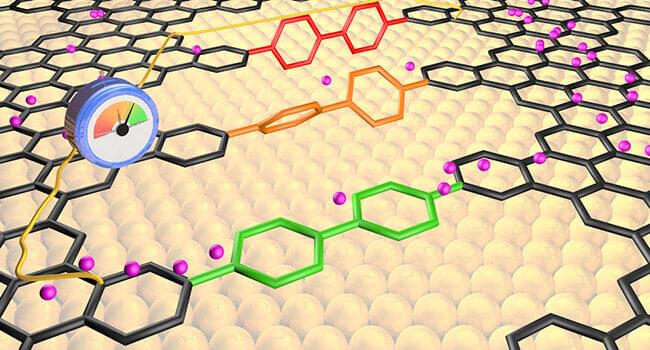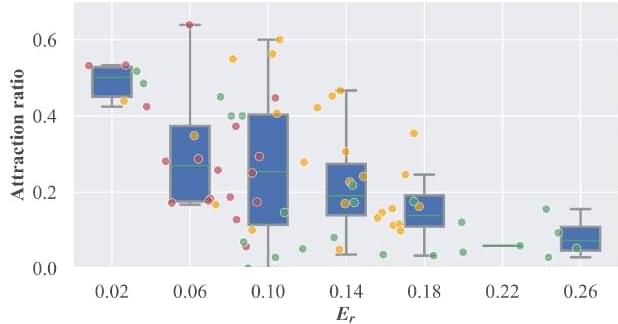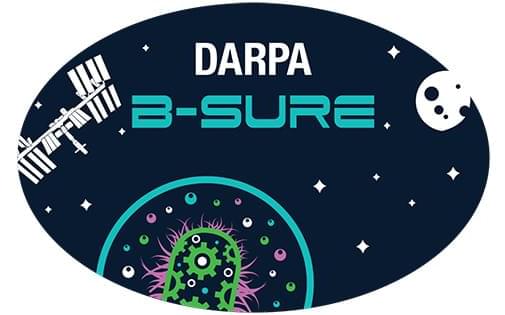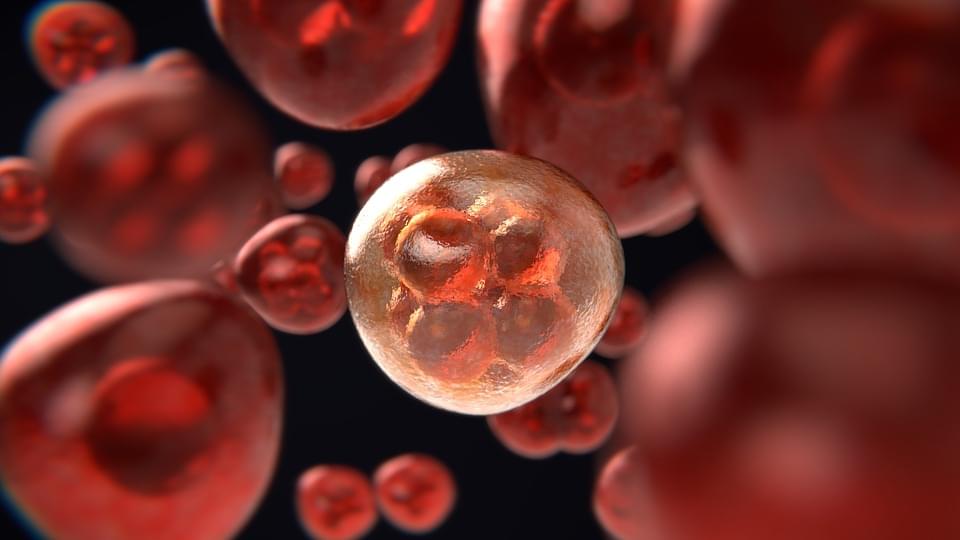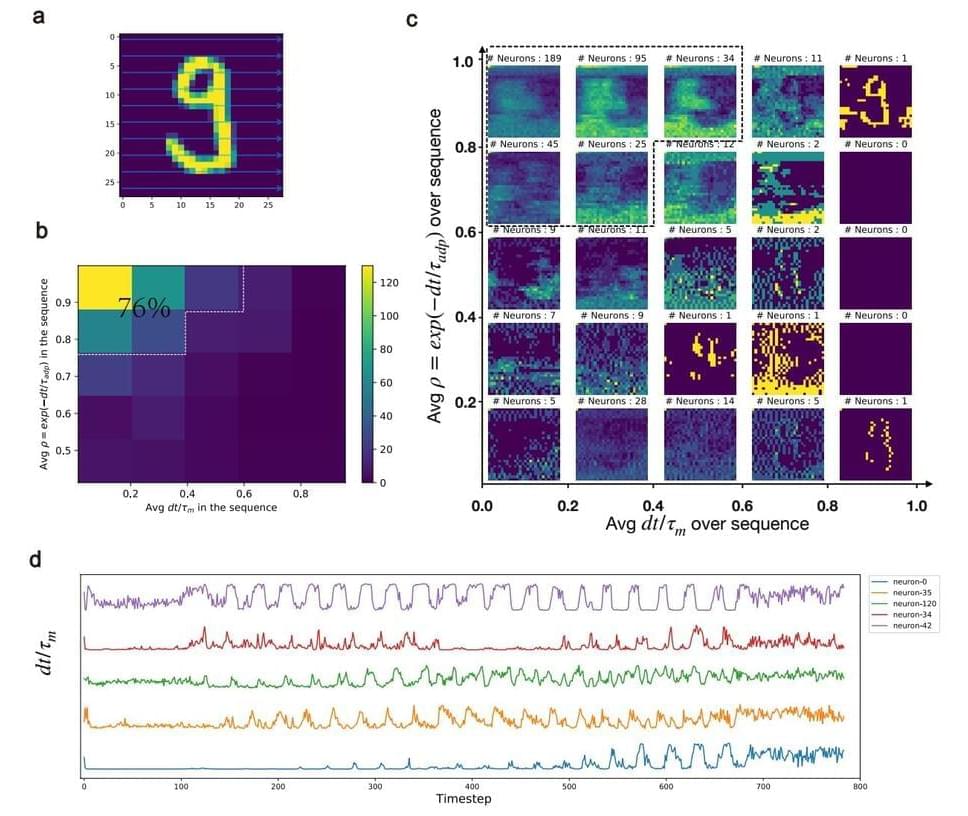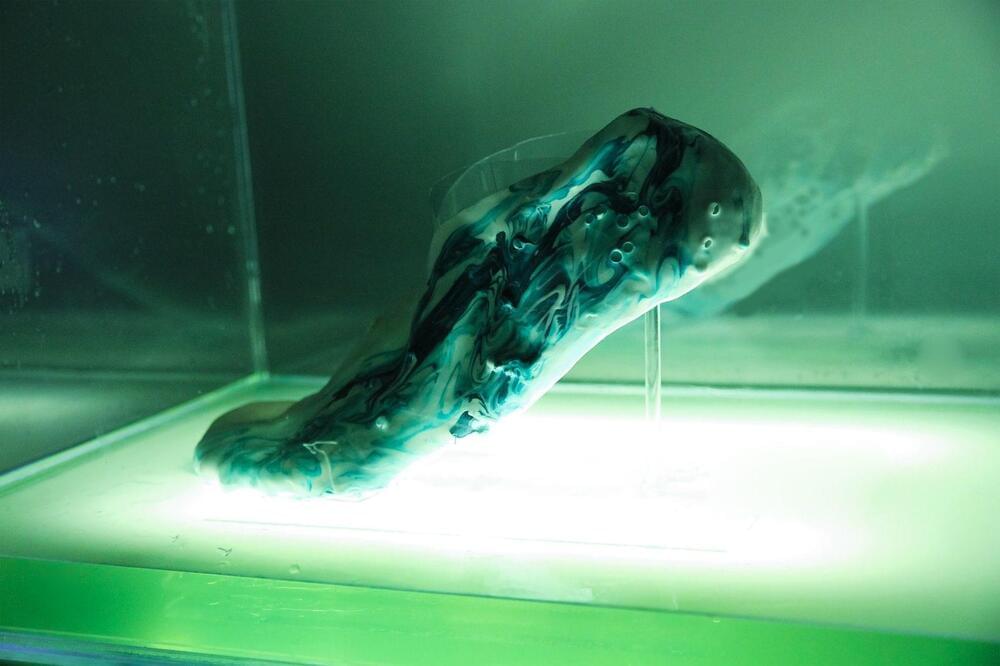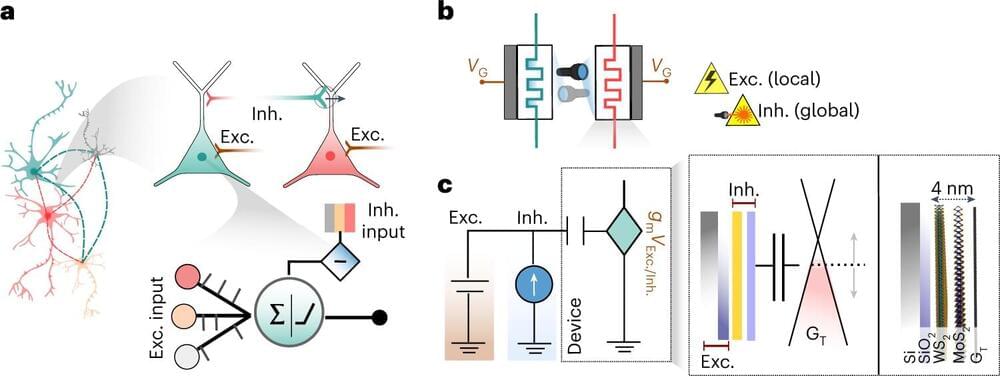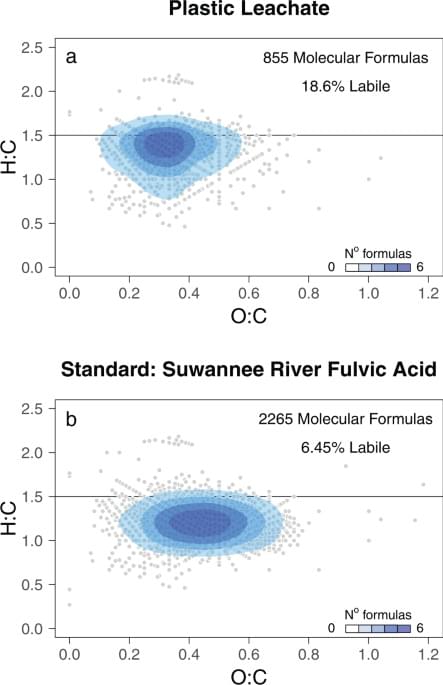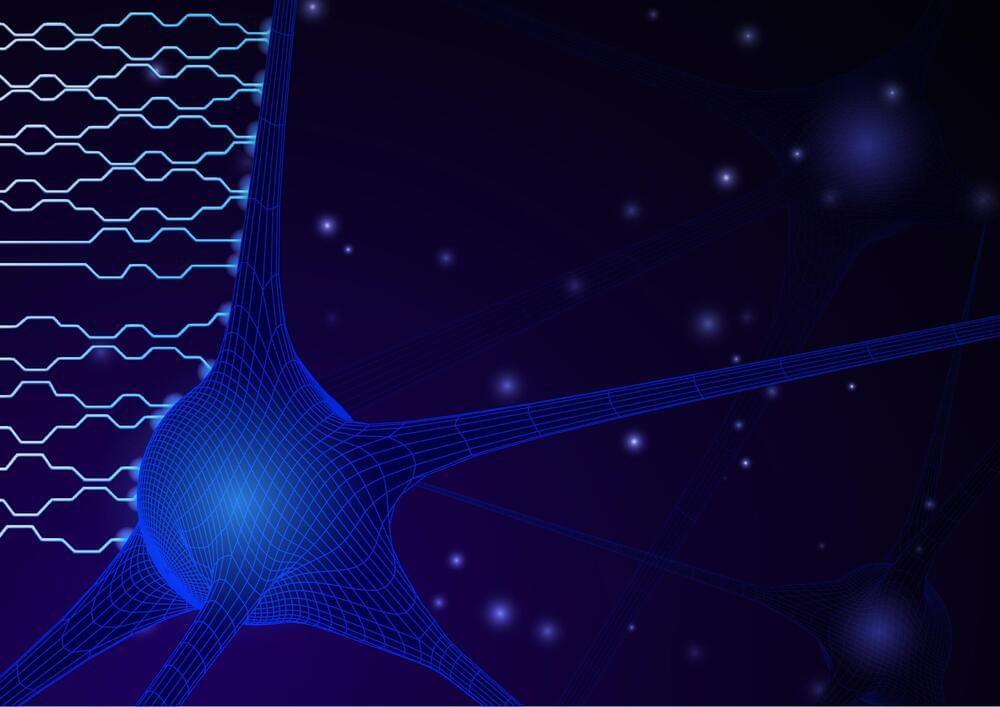May 16, 2023
Engineering graphene-based quantum circuits with atomic precision
Posted by Quinn Sena in categories: biological, chemistry, engineering, nanotechnology, particle physics, quantum physics, sustainability
😗😁
Imagine having a building made of stacks of bricks connected by adaptable bridges. You pull a knob that modifies the bridges and the building changes functionality. Wouldn’t it be great?
A team of researchers led by Prof. Aitor Mugarza, from the Catalan Institute of Nanoscience and Nanotechnology (ICN2) and ICREA, together with Prof. Diego Peña from the Center for Research in Biological Chemistry and Molecular Materials of the University of Santiago de Campostela (CiQUS-USC), Dr. Cesar Moreno, formerly a member of ICN2’s team and currently a researcher at the University of Cantabria, and Dr. Aran Garcia-Lekue, from the Donostia International Physics Center (DIPC) and Ikerbasque Foundation, has done something analogous, but at the single-atom scale, with the aim of synthesizing new carbon-based materials with tunable properties.
Continue reading “Engineering graphene-based quantum circuits with atomic precision” »
